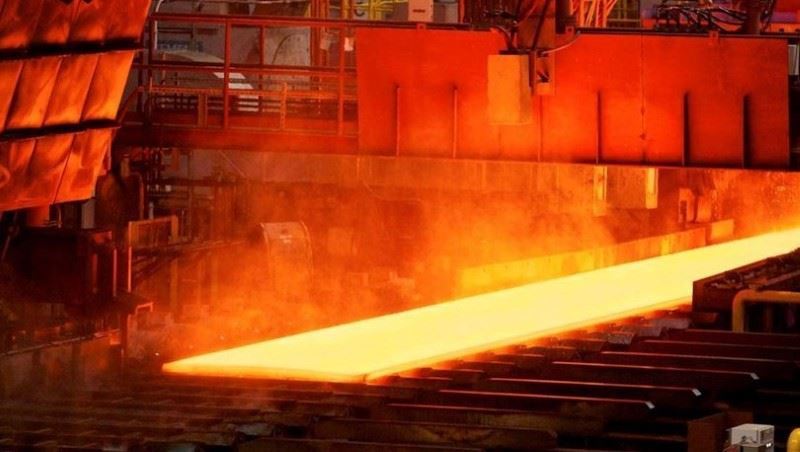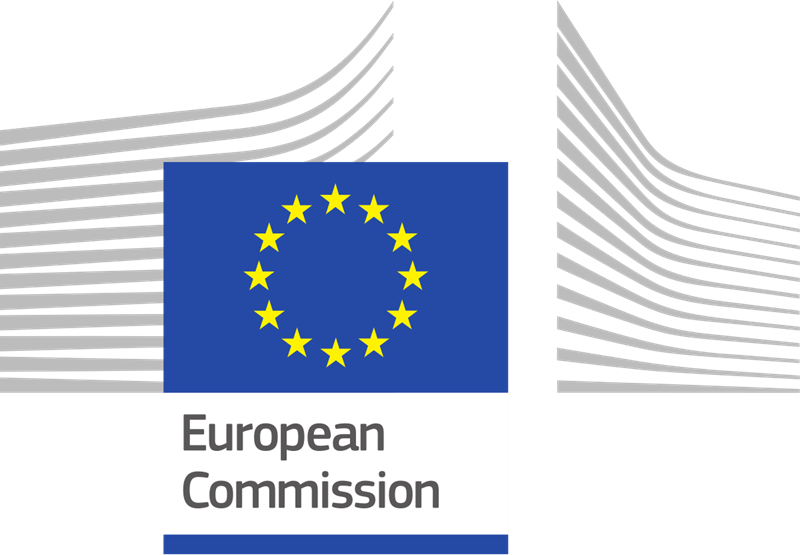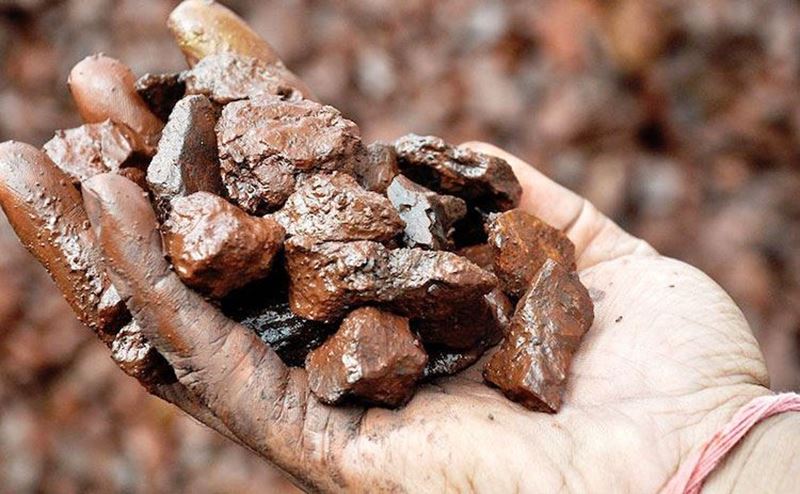Concerns arose that the abolition of steel and aluminum taxes by the USA from the EU would affect the competitiveness of some countries, including Turkey. He states that an increase in the amount of steel imported from Europe may have an adverse effect on the exports of other countries. For this reason, some countries that the USA imposes duties on steel imports under Article 232 want to sit at the table with the USA to revise the rules. In addition, measures aimed at stimulating the domestic demand gain importance in the steel industry, which has seen a rapid recovery this year.
The World Steel Association (Worldsteel) expects global steel demand to increase by 4.5 percent to 1.85 billion tons in 2021. Worldsteel revised its previous forecast downward as demand in China is expected to drop by 1 percent. The industry association previously announced its expectation for 2021 as 5.8 percent. Worldsteel expects steel demand to increase by 2.2 percent in 2022, at a slower pace, to reach 1 billion 896 million tons.
Turkey's demand will reach 37 million tons in 2022
According to Worldsteel, steel demand in Turkey will continue to show high double-digit growth in 2021. According to the report, the strong positive trend that started in the third quarter of 2020 in the Turkish economy; continued in 2021 as a result of increasing consumer loans and domestic demand. On the other hand, steel demand will continue to show high double-digit growth this year due to infrastructure projects and industrial activities. The Association predicts that steel demand in Turkey will increase by 17 percent this year. Next year, demand is expected to increase by 7 percent and will precede the currency crisis. According to the union, next year demand will be around 37 million tons.
Recovery continues in Germany and Italy
The union, which predicts that the demand in developed countries will increase by 12.2 percent this year, expects a growth of 4.3 percent next year. Demand in the US is expected to increase by around 5 percent next year. The recovery that started in the second half of 2020 in the European Union continues. Steel demand in Germany in 2022 will benefit from increased orders in the manufacturing sector and the improved performance of the construction sector. Italy is also recovering faster than other EU countries with the strong recovery in the construction sector. Various steel-using industries, including construction and appliances, are expected to reach a pre-COVID level in 2021. The recovery in consumption and investment in Japan in 2022 is expected to support positive growth in all steel-using sectors. South Korea's steel demand is expected to see a rise to 2019 levels in 2021, supported by improved exports and investment in manufacturing facilities. There has been a jump in new orders this year and this will increase Korea's steel demand in the coming years.
Chinese market will shrink by 1% this year
Looking at developing countries, steel demand will show negative growth for the remainder of 2021, with the ongoing negative trend in the real estate sector in China. “As a result, steel demand will decline by 1 percent in 2021, remaining at the same levels next year,” the report says. India's steel demand, which will show a strong recovery in 2021, is expected to return to the 100 million tons limit this year. In ASEAN countries, on the other hand, there is a moderate increase in demand. It is stated that steel demand in Latin America, excluding Brazil, may lose momentum in 2022 as complex structural problems such as high inflation, increasing fiscal deficits and political uncertainty are tackled. Brazil's steel demand continues to grow strongly in 2021, thanks to government incentives and strong construction activity that was above pre-pandemic levels in the first half of the year. However, the outlook for 2022 will be weakened by fiscal weakness, high interest rates and political tensions. Mexico also saw a much stronger-than-expected recovery from industrial activity, particularly in the automotive sector. This is expected to continue in 2022.
Russia's demand will approach 45 million tons
The recovery of Russian steel demand after a moderate decline in 2020 is supported by a strong recovery in the automotive sector. Government incentives to the construction industry also feed the demand. Demand, which is expected to increase by 2.3 percent this year, is expected to grow by another 3 percent in 2022. The country's steel demand will approach 45 million tons next year.









Comments
No comment yet.